
Issue 56, Monday 1 January 2023
My rate of reading was down quite a bit during the year. I only managed to get through 62 books, compared to a total of 85 during 2022. I think the culprit might be the fact that I’ve spend some of my leisure time playing video games this year. I’ll probably be reading more during 2024.
Nevertheless I read some really excellent books during 2023. And of course I’m going to tell you about them. Then I’ll bore you with some statistics!
Not much doubt about my overall favourite book of the year:
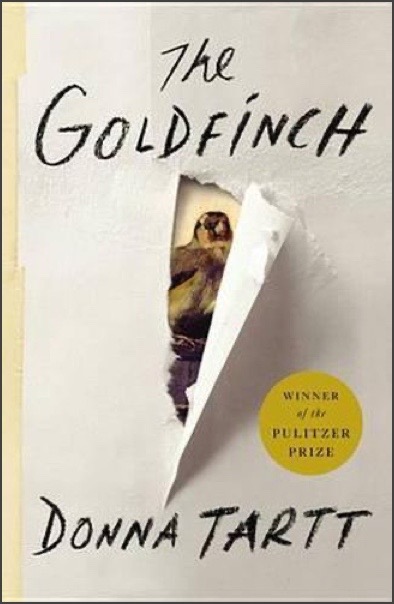
This is what I said when I reviewed it in this newsletter:
There’s so much in this novel it’s impossible to summarise without becoming tedious. There’s a compelling coming-of-age story, as Theo navigates life without his beloved mother. There’s a story of a heart-breaking life-long hopeless love. There’s alcohol and drugs and guns and violence and antique furniture... Trust me, the story drags you in and won’t let go.
Though it was also the longest book I read during the year, I would happily re-read it.
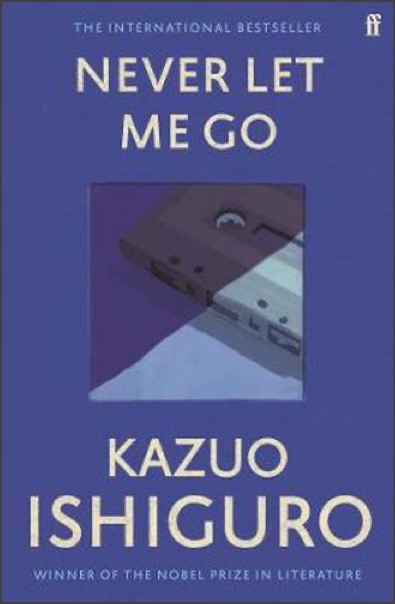
Here’s what I had to say here:
This is an extremely powerful piece of work, deeply moving and thought-provoking, fully deserving of the accolades it has received. Highly recommended.
Though it’s a very very sad book to read, nevertheless I loved this book.
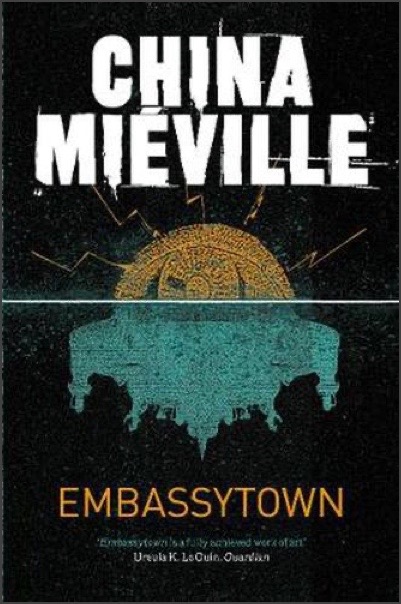
Although you could also categorise Never Let Me Go as science fiction, I suppose, when it comes to “pure” SF this was a stand-out.
This is certainly one of the best pieces of pure science fiction I’ve read in the last several years, topped only by the same author’s The City & The City. It has the most unusual and intriguing treatment of an alien species I’ve yet come across. A fascinating concept, brilliantly carried out…
…I loved it so much, I turned around and read the whole thing again straight away, something I do very rarely. And appreciated it just as much the second time through.
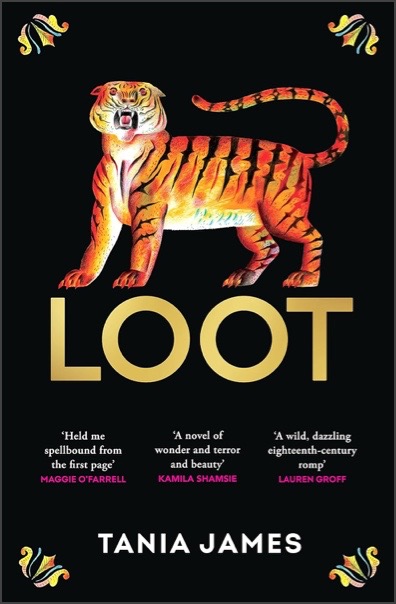
This was nominated for the U.S. National Book Award last year, though it didn’t win. Nevertheless I thought it was excellent.
I thoroughly enjoyed this book, it was very educational—it's based solidly on true historical events—and also highly entertaining and at times very moving. There's a tender, slowly-developing love story; and it also has quite a lot of things to say about how non-white people … were treated by white society at the time (and of course even still today).
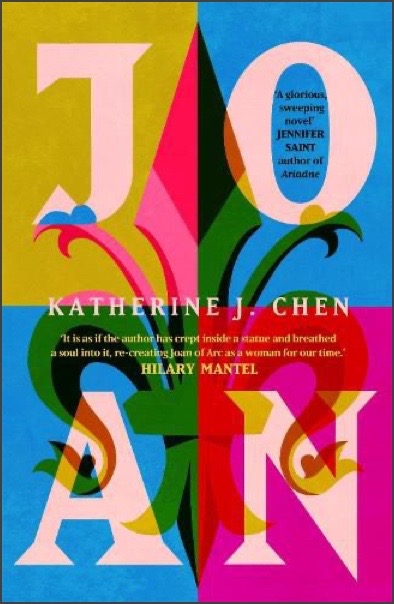
I really liked this very different look at Joan of Arc. Though it’s fiction, the author portrays this remarkable woman in what seems to be a much more realistic way than the sanctified legend: as a tall, strong, powerful woman driven more by a desire for revenge than by the prompting of holy spirits.
You may or may not find these interesting, but I really enjoy working out this kind of thing, so you’re stuck with it here.
I read a variety of different genres through the year. A lot more nonfiction this year, and more historical fiction than is usual for me.
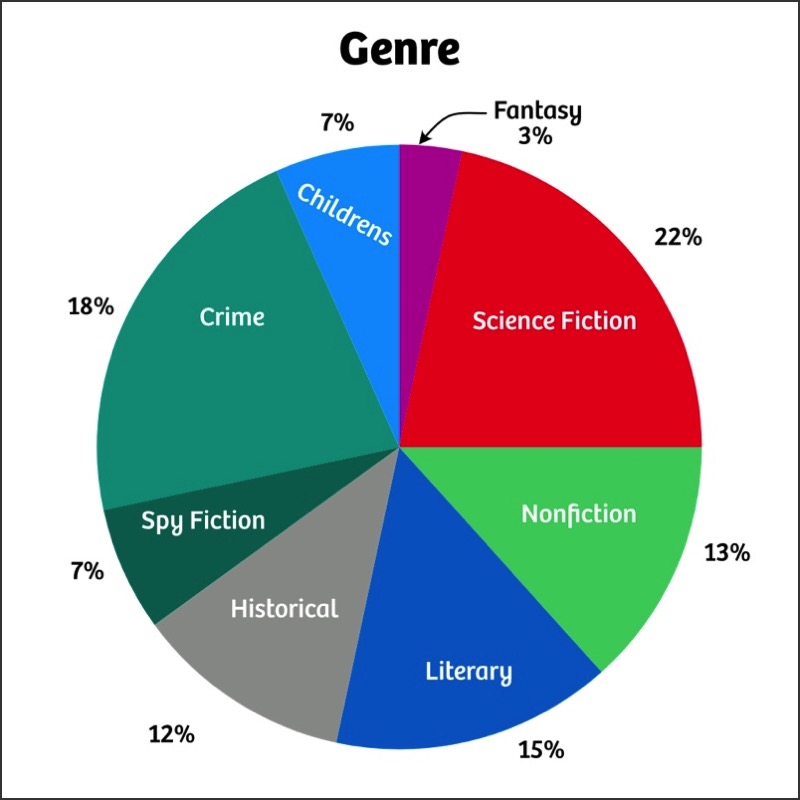
I read 34 books by male authors and 26 by female authors (none, I think, by an author identifying as non-binary). Not good enough, I know, though this balance was skewed somewhat towards the male authors because I read a slab of 1960s SF for an episode of the podcast.
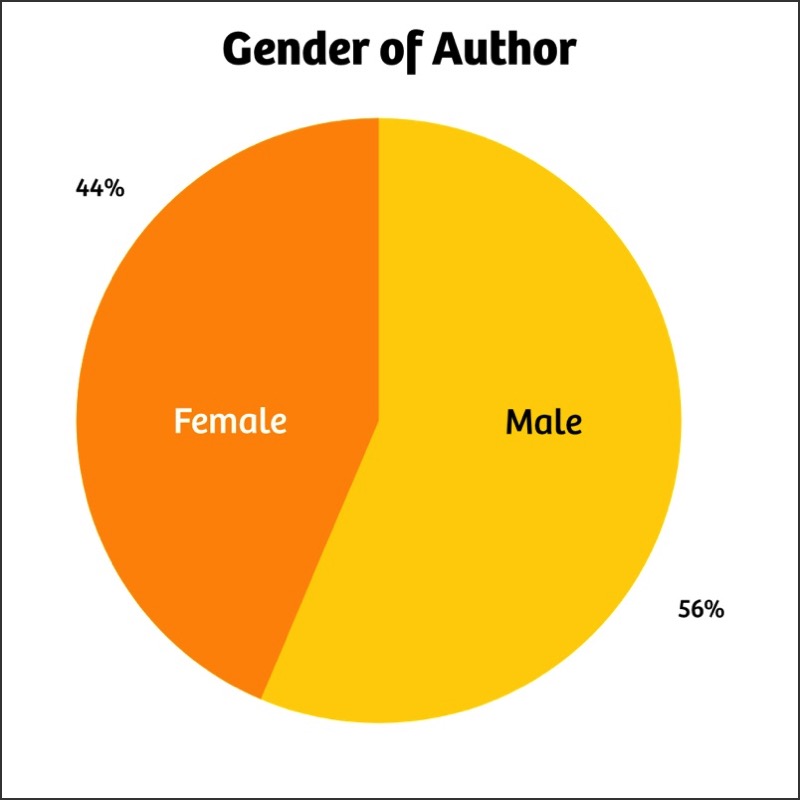
I read 35 books in a paper format, and 27 books in some kind of digital format.
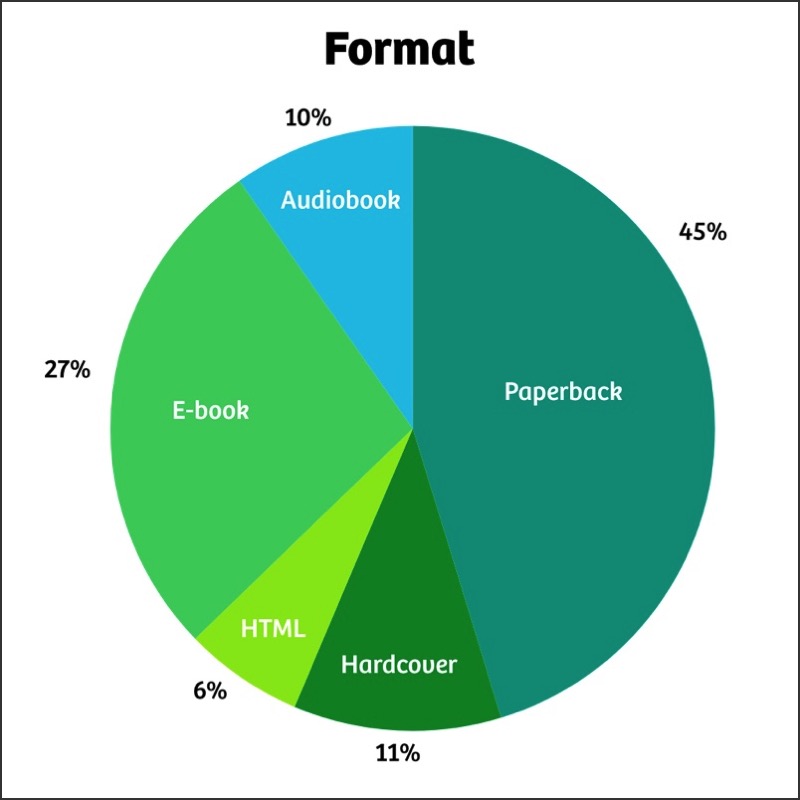
I need to explain the HTML entry here, which represents books which I read in raw HTML format as part of the production process for Standard Ebooks.
Because people are so mobile these days, it’s hard to tag someone as definitely an “American” or “Australian” author, so I resorted to using what I am assuming to be the country where the author was born (without actually researching it in every case, my bad). I’m surprised by the very large percentage of UK authors in my reading this year.
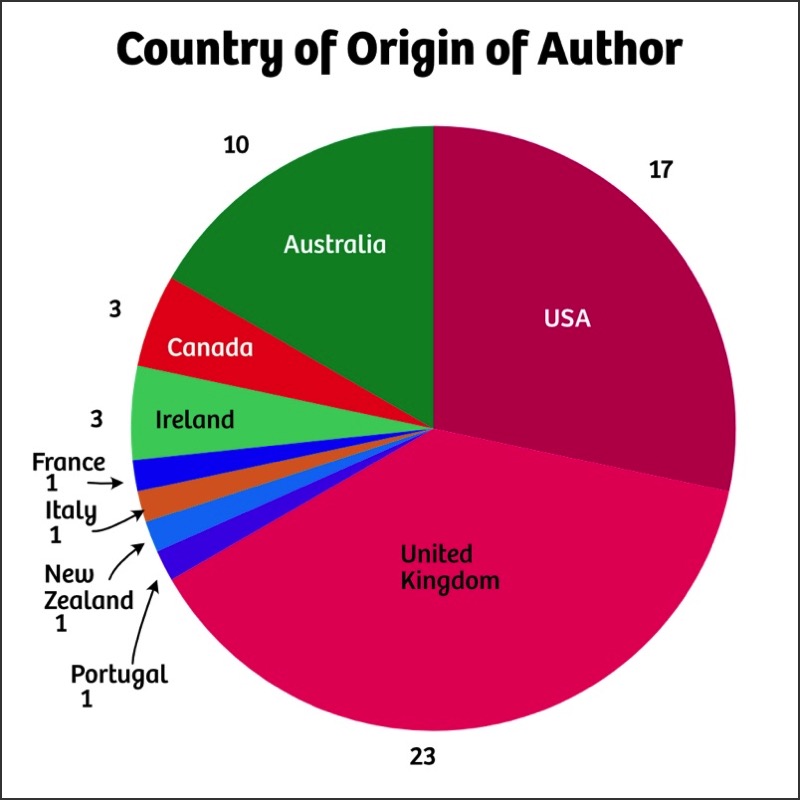
I borrow a lot of books from the library, so I was interested to see what the percentage of borrowed books was to those I actually own.
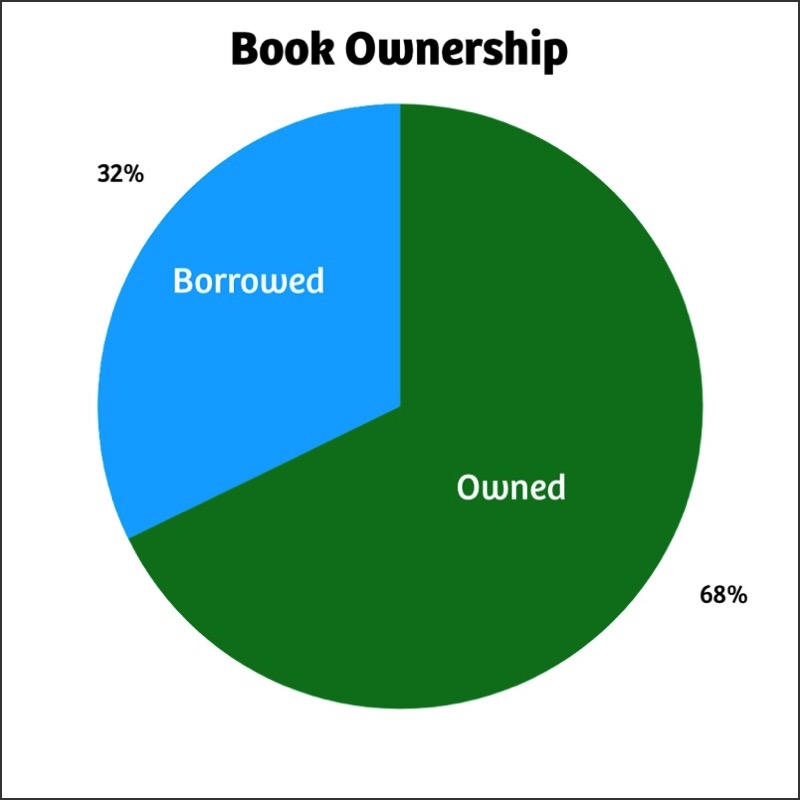
Another rough-and-ready calculation. Since I read a lot of books in digital format, these numbers are based on the page count shown in Goodreads for a typical print edition of the book.
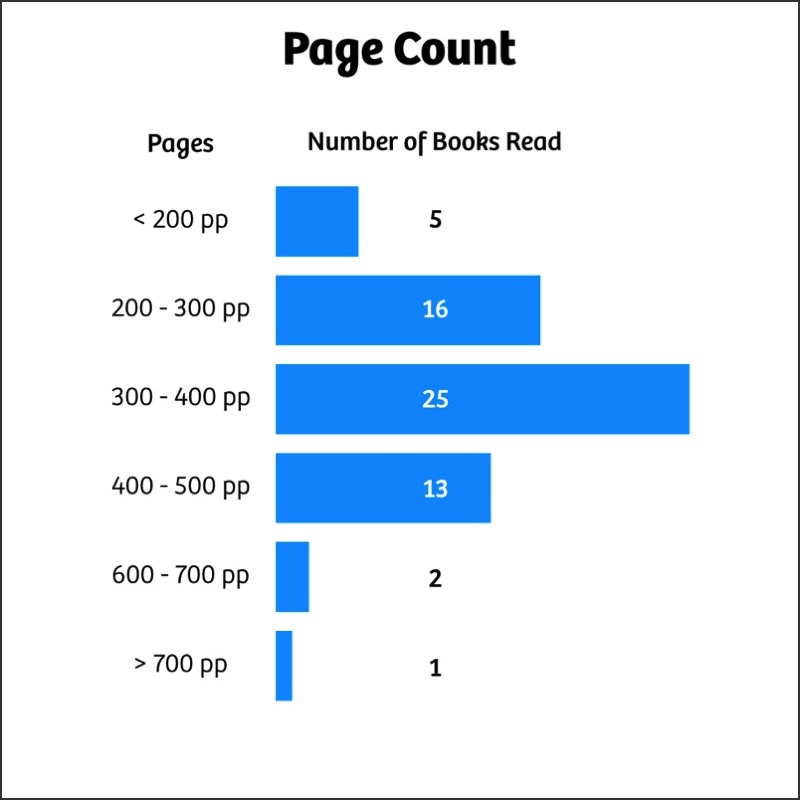
Or if you like, how much I enjoyed the book, based on a rating out of 5.0. A few clunkers this year, but also some really top-notch books.
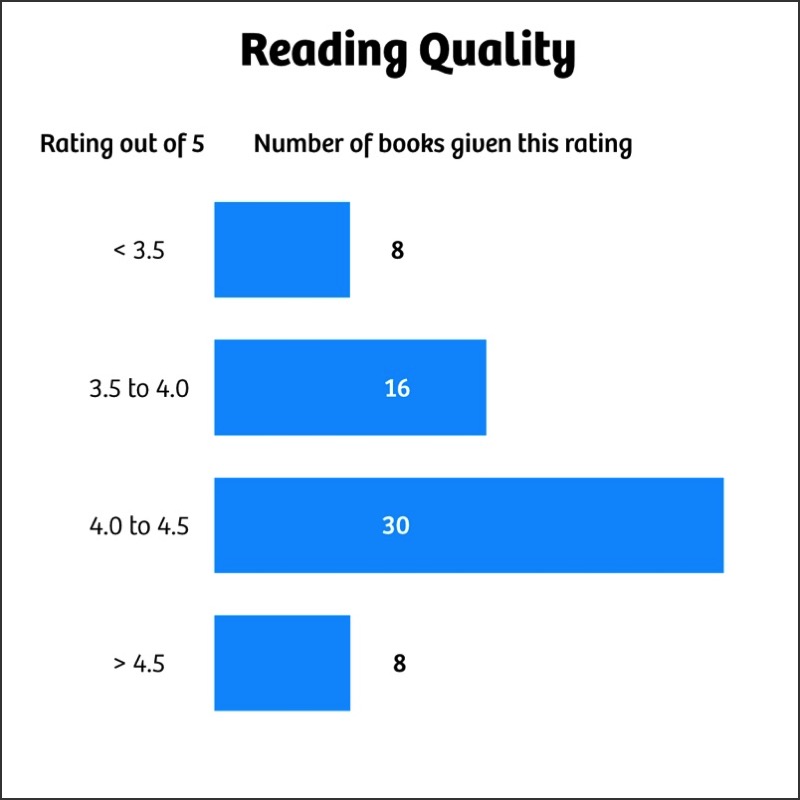
And that’s your lot for this special issue. If you’d like to make a modest contribution to my efforts in this newsletter, I’d love it if you would buy me a coffee.
© Copyright 2024 by David R. Grigg
and licensed under Creative Commons License CC BY-ND 4.0.